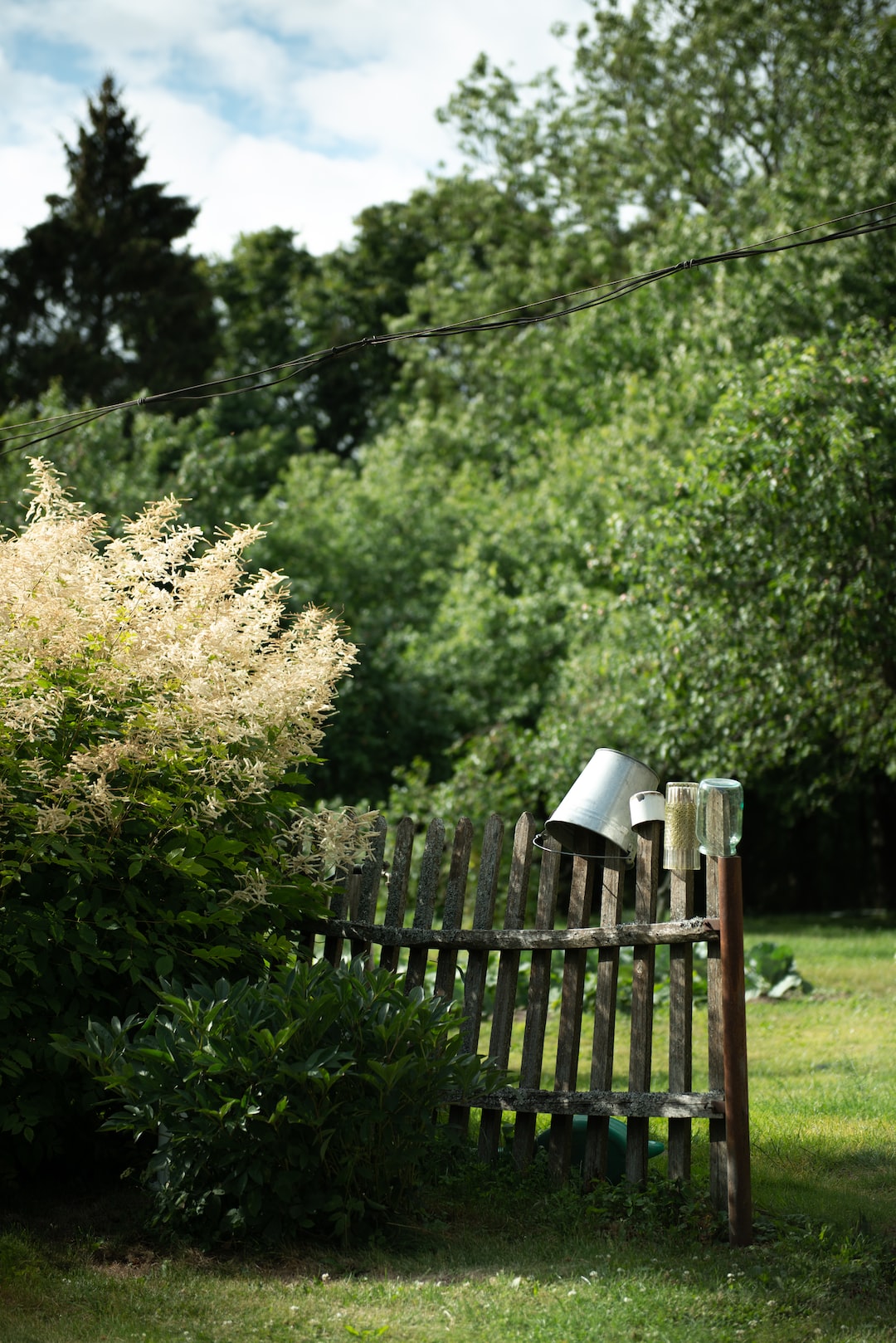Exploring the Art of Bonsai: A Miniature Garden
Nature has always held a special place in our hearts, captivating us with its beauty and serenity. One art form that exemplifies the harmony between human creativity and nature’s splendor is the art of bonsai. Originating from China and evolved by the Japanese, bonsai is the delicate practice of cultivating miniature trees in containers, creating a visual representation of natural landscapes. In this blog post, we will journey into the world of bonsai, exploring its history, techniques, and the profound connection it fosters between humans and nature.
Bonsai, a term derived from the Japanese words “bon” meaning tray or pot and “sai” meaning to plant, dates back over a thousand years. It originated in China, where miniaturized landscapes were created to represent spiritual realms. As the practice migrated to Japan, it underwent its own evolution, becoming more refined and symbolic. Bonsai gradually transformed into a means of meditation, allowing individuals to connect with nature and contemplate the passage of time.
The art of bonsai revolves around the careful cultivation and training of a small tree, ensuring that it remains small and proportional to its pot. One of the primary techniques employed is pruning, which involves trimming the branches and roots to create the desired shape. This meticulous process requires both patience and skill, as each cut influences the overall aesthetic of the bonsai. Wiring is another key technique, enabling the artist to bend and shape the tree’s branches to evoke a sense of strength, grace, and natural movement.
While bonsai trees are sculpted by human hands, they possess a unique quality of experiencing their own aging process. Time plays a crucial role in the art of bonsai, as the trees grow and develop over the years. The trunks thicken, bark matures, and branches acquire a sense of character. This process beautifully reflects the passage of time that can be observed in the natural world. Bonsai artists recognize the significance of this temporal element, patiently caring for their trees, seeing them as a part of their own personal journey.
A bonsai display is not just limited to the tree itself; it also incorporates various visual elements to create a holistic representation of nature. The choice of pot, moss, rocks, and miniature figurines all contribute to the overall aesthetic and narrative of the bonsai. These components are meticulously chosen to evoke different moods and landscapes, ranging from tranquil forests to rugged mountains. Every detail is carefully considered to create a harmonious and captivating composition.
Engaging with bonsai as an art form offers individuals a profound opportunity for self-reflection and tranquility. The act of tending to these miniature trees requires a focused mindset and patience, allowing the artist to detach from the chaos of daily life. Bonsai serves as a reminder of the ever-changing nature of existence, teaching us to appreciate the beauty and fragility of life. It is a form of meditation that nourishes the soul, encouraging introspection and the cultivation of inner peace.
Moreover, bonsai holds immense cultural significance in countries like Japan, where it is considered a symbol of harmony, balance, and longevity. In Japanese culture, bonsai is often associated with Zen Buddhism. The practice of bonsai aligns with Zen philosophy, emphasizing the importance of simplicity, mindfulness, and connectedness with the natural world. Bonsai gardens are often found in temples and tea houses, serving as a place for reflection and meditation.
In conclusion, the art of bonsai is a unique and captivating form of expression that bridges the gap between humans and nature. Through cultivation and care, bonsai artists create miniature representations of natural landscapes, evoking a sense of harmony and tranquility. This ancient practice has deep cultural roots and serves as a means of self-reflection, promoting mindfulness and a deeper appreciation for the passage of time. So, why not embark on your own journey into the world of bonsai? Start small, cultivate patience, and immerse yourself in the artistry of this ancient miniature garden.

